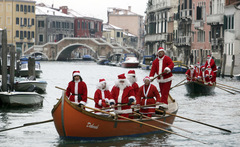 Delivering presents in Venice is by water Delivering presents in Venice is by water There are many differences between celebrating Christmas in Italy and the United States. The main reason is that all of Italy is Roman Catholic and even though many (especially younger) Italians don't go to church as often as their grandparents did, it is still a very religious holiday. Here are some interesting ways they celebrate Christmas in Italy...
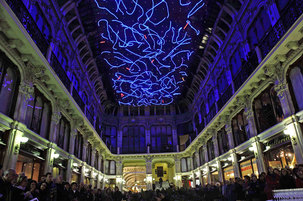 Torino Torino Christmas Season Phrases
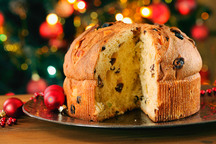 Panettone Panettone There's much more to the Christmas than just December 25th in Italy. Throughout December and January there are a number of religious holidays that are celebrated. Remember, since Italy is a Roman Catholic country, many religious holidays are also national holidays so you might find many government offices are closed:
--Jerry Finzi If you enjoyed this post, pass it around to your friends... and Boun Natale!
1 Comment
Valerie DiMarco Bailey
12/25/2017 09:02:30 am
Beautiful article. Still on my Bicket List.
Reply
Your comment will be posted after it is approved.
Leave a Reply. |
Categories
All
Archive
June 2024
|


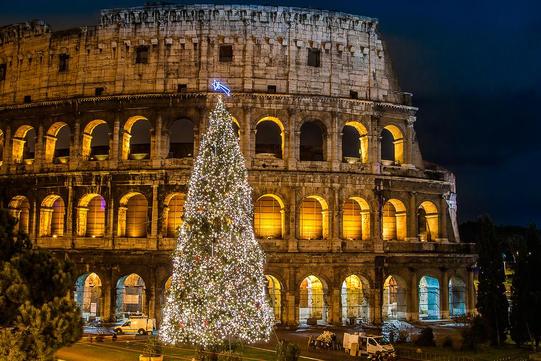
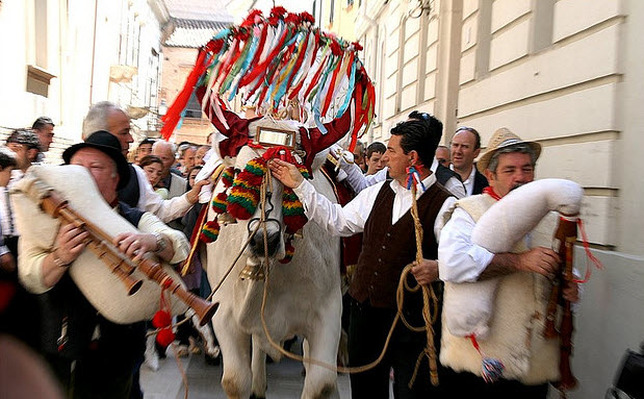
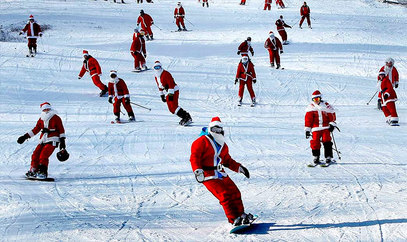
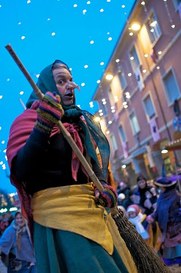
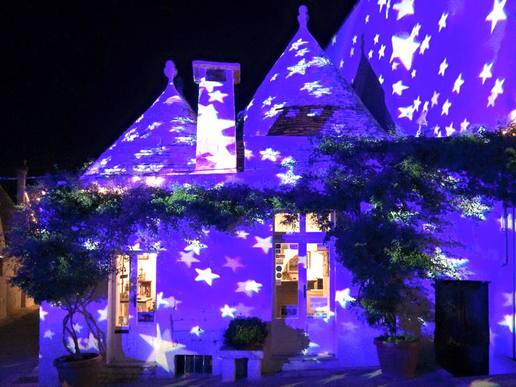
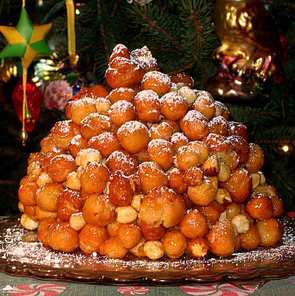
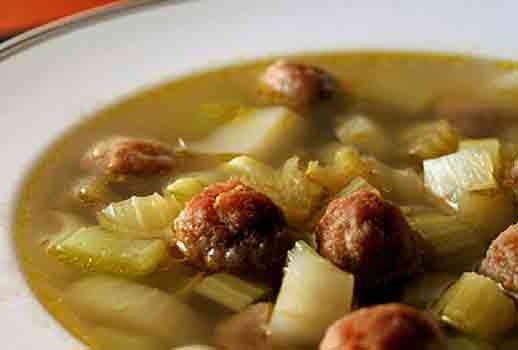
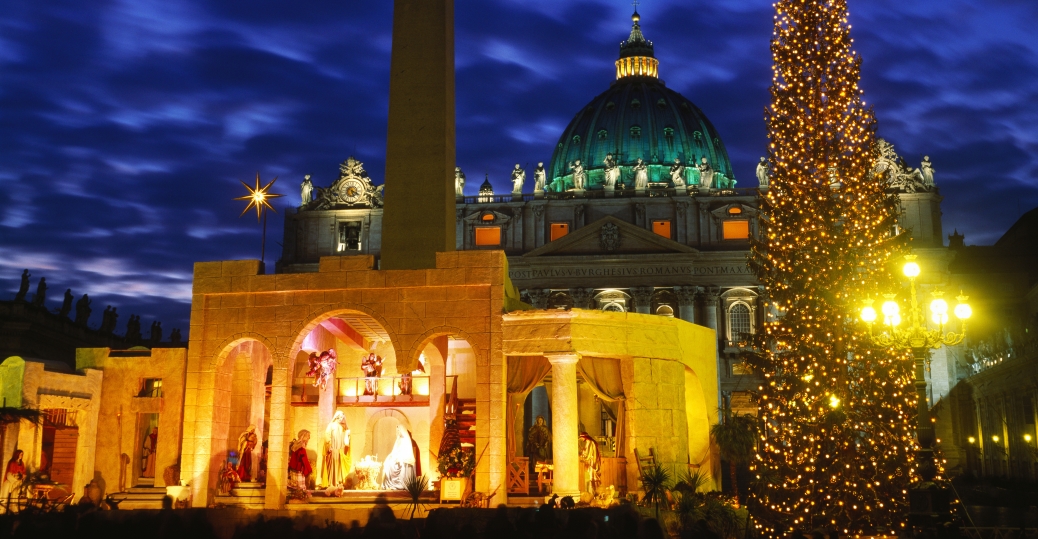
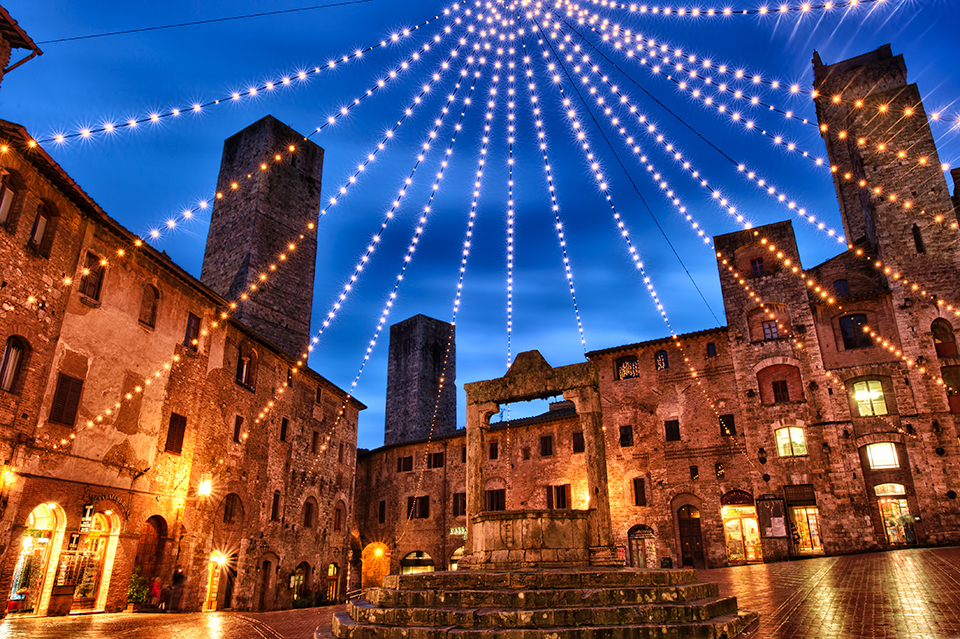
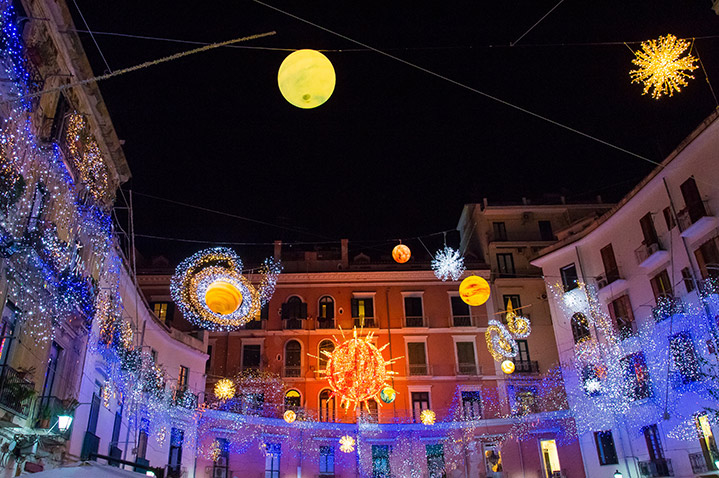
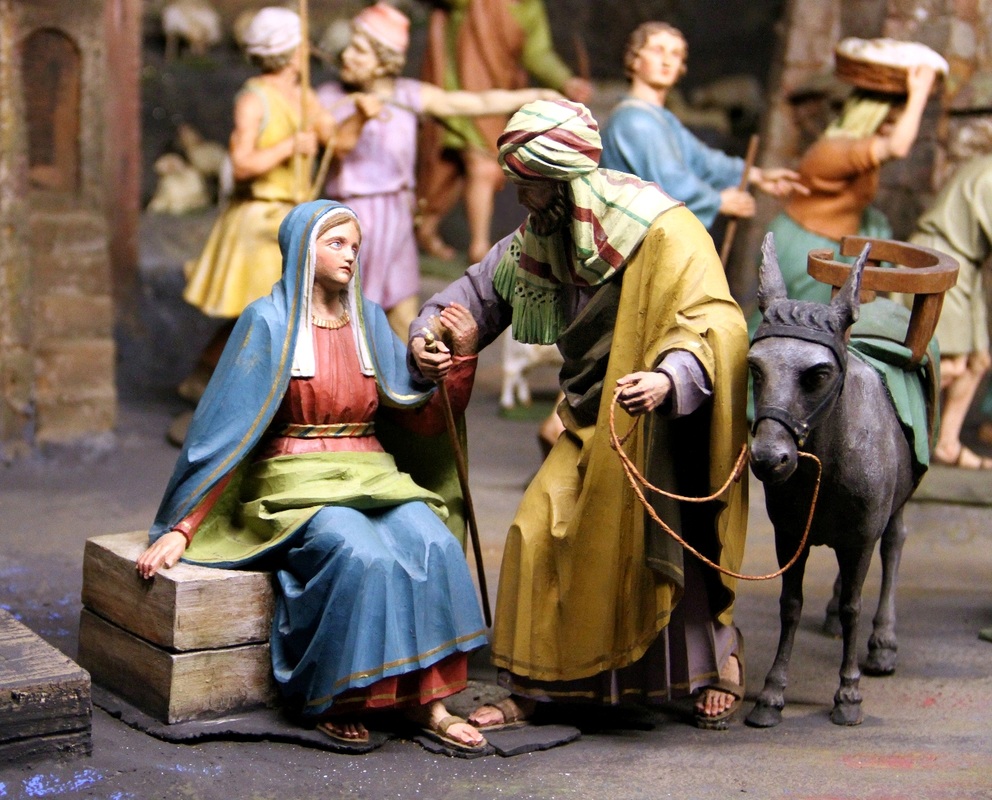
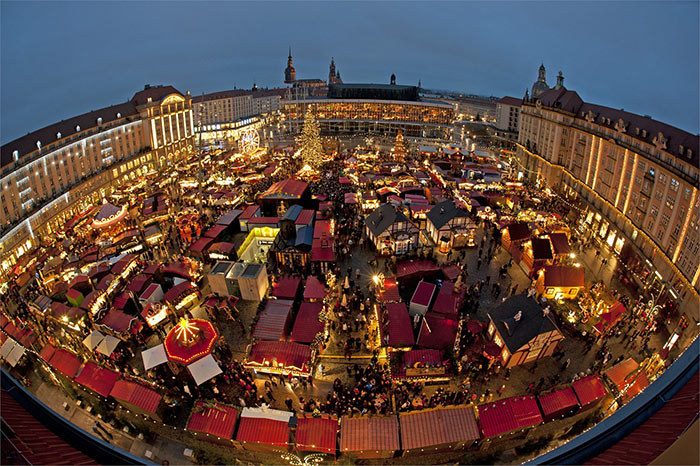
 RSS Feed
RSS Feed
